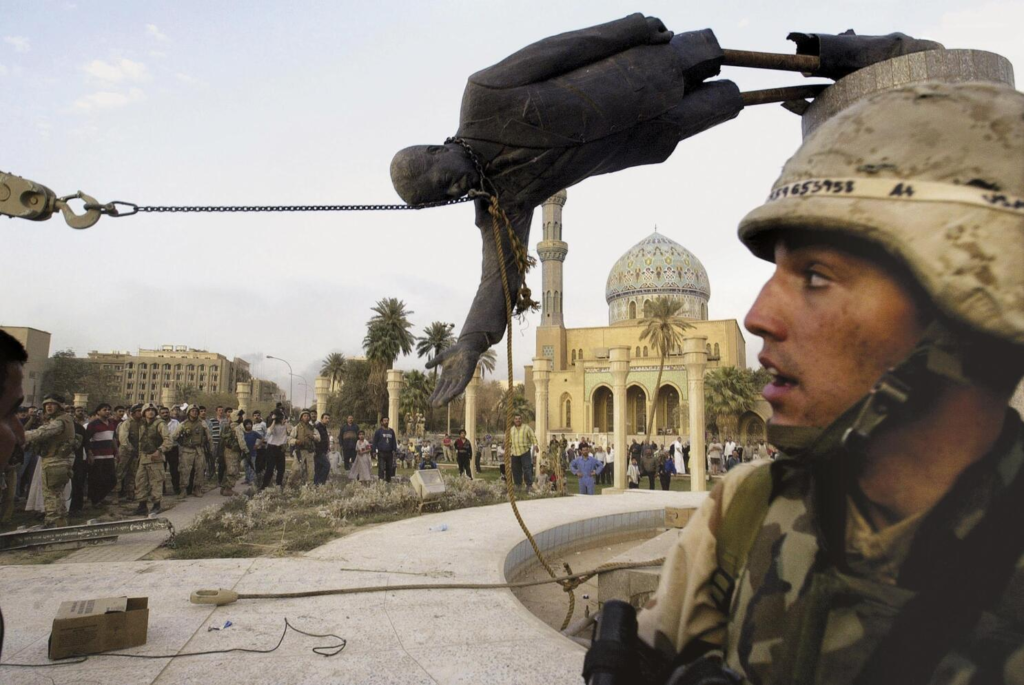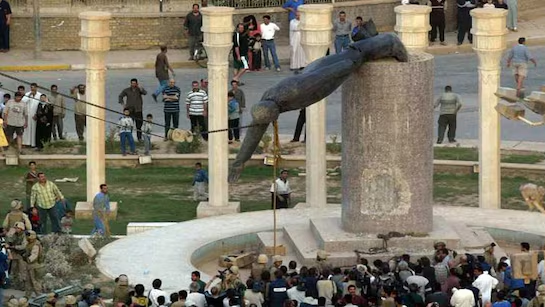The story of Iraq after Saddam Hussein’s fall is a complex and transformative journey. From political upheaval to social reconstruction, the nation has experienced a series of major events that have reshaped its identity. These events not only reflect Iraq’s resilience but also highlight its pursuit of stability and development in the face of challenges.
Political Transformation and Governance
One of the most significant major events since Saddam’s fall was the establishment of a new political system. The 2003 U.S.-led invasion ended Saddam’s decades-long authoritarian rule, paving the way for Iraq to adopt a democratic framework. The creation of a transitional government in 2004 allowed Iraqis to participate in shaping their future, with the first democratic elections held in 2005. These events marked the beginning of a new era where Iraqis could voice their opinions and contribute to governance.
Subsequent governments have focused on rebuilding institutions, drafting a new constitution, and ensuring representation for Iraq’s diverse population. While political instability has been a recurring challenge, these steps represent major events since Saddam’s fall that aimed to empower citizens and establish democratic principles.
Security Challenges and Conflicts
Security has been a major concern in Iraq’s post-Saddam era. The immediate years following 2003 saw the rise of insurgent groups and sectarian violence, which tested the nation’s resilience. The U.S. military presence and coalition efforts were critical in maintaining temporary stability, but ongoing conflicts shaped Iraq’s security landscape.
The emergence of ISIS in 2014 was another defining chapter. Iraqi forces, supported by international coalitions, managed to reclaim territories previously held by ISIS, culminating in the liberation of Mosul in 2017. These events are among the most pivotal since Saddam’s fall, demonstrating Iraq’s capacity to confront internal and external threats while striving for peace.
Economic Rebuilding and Development
Economic growth has also been central to Iraq’s recovery. After decades of sanctions and war, rebuilding infrastructure and restoring oil production were critical priorities. Investment in oil and energy sectors, alongside efforts to diversify the economy, have marked significant milestones in Iraq’s journey. Projects to restore electricity, water supply, and transportation networks have improved everyday life for Iraqis, reflecting positive progress since Saddam’s fall.
International partnerships and foreign investment have played a key role in economic development. Special economic zones and reconstruction projects have created jobs and improved urban infrastructure, signaling Iraq’s ongoing commitment to modernization and prosperity.
Social and Cultural Revival
Cultural revival has been another important aspect of Iraq’s post-Saddam era. After years of repression, Iraqis began reclaiming their cultural identity through art, music, literature, and education. Restoration of historical sites, promotion of local traditions, and support for academic institutions represent major events since Saddam’s fall that contribute to social cohesion and national pride.
Education reform and increased access to higher learning have empowered a new generation of Iraqis, giving them the tools to participate actively in rebuilding their country. Youth involvement in civic initiatives and cultural programs also reflects the societal transformation occurring across the nation.

International Relations and Diplomacy
Iraq’s foreign relations have evolved significantly since Saddam’s fall. Rebuilding ties with neighboring countries and the international community has been crucial for regional stability. Iraq has participated in diplomatic initiatives to foster cooperation on security, trade, and cultural exchange. These developments are key milestones among major events since Saddam’s fall, positioning Iraq as an active player in regional politics.
Efforts to balance relations with global powers while asserting sovereignty reflect Iraq’s strategic approach to diplomacy. These steps have opened doors for investment, humanitarian aid, and collaboration on global issues, contributing to long-term national stability.
Humanitarian and Health Advancements
The humanitarian situation in Iraq has improved gradually after the initial turmoil. Major events since Saddam’s fall include the implementation of health care reforms, rebuilding hospitals, and expanding access to essential services. International aid and domestic initiatives have worked together to support displaced populations, provide education for children, and ensure access to basic needs.
Public health campaigns, vaccination drives, and mental health programs have addressed the long-term consequences of war and conflict, highlighting Iraq’s dedication to improving the quality of life for its citizens.
Future Prospects
Looking ahead, Iraq continues to face challenges but remains focused on progress and resilience. Efforts to strengthen democracy, expand economic opportunities, and invest in education and infrastructure represent ongoing major events that will shape the next chapter of the nation’s history.
The journey of Iraq since Saddam’s fall is marked by lessons learned, obstacles overcome, and achievements celebrated. By understanding these pivotal events, we can appreciate the nation’s resilience and the determination of its people to build a brighter future.
Conclusion
Major events since Saddam’s fall illustrate Iraq’s complex but inspiring journey. From political transformation to cultural revival, security stabilization to economic rebuilding, the country has made significant strides. While challenges remain, the resilience and vision of the Iraqi people continue to drive the nation toward progress and prosperity. Iraq’s story is a testament to the power of perseverance, unity, and hope in shaping a nation’s destiny.
Do follow us: Instagram
Read More: Millions of Students Across Saudi Arabia Start New School Year with Excitement



